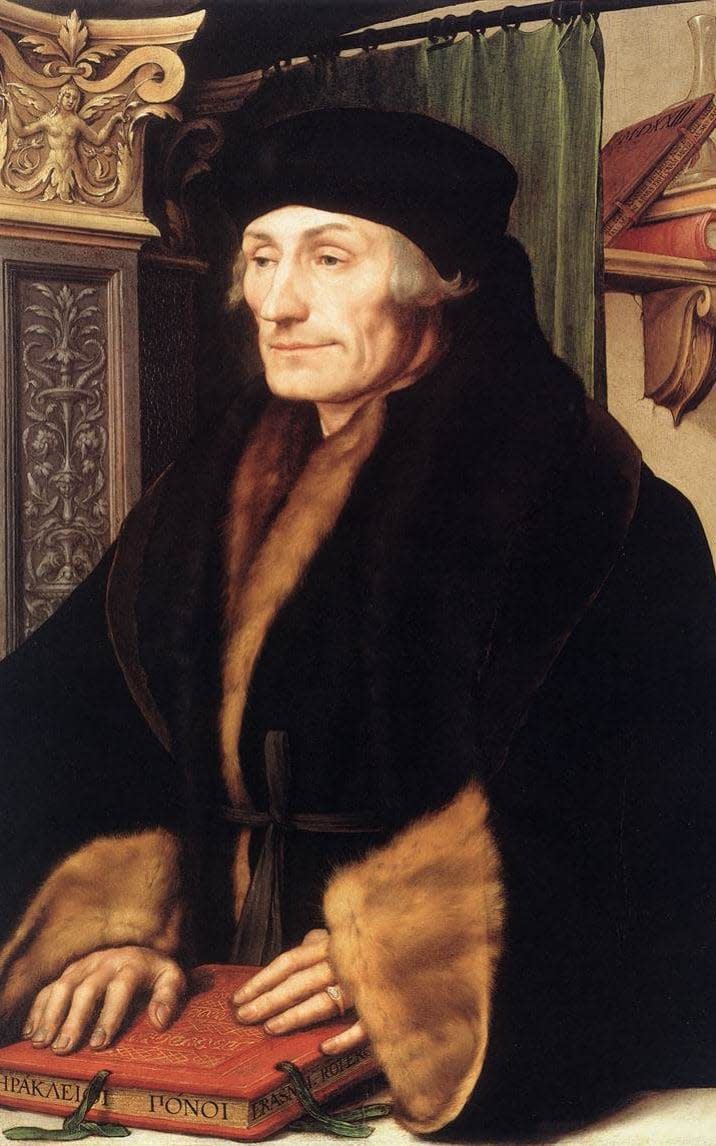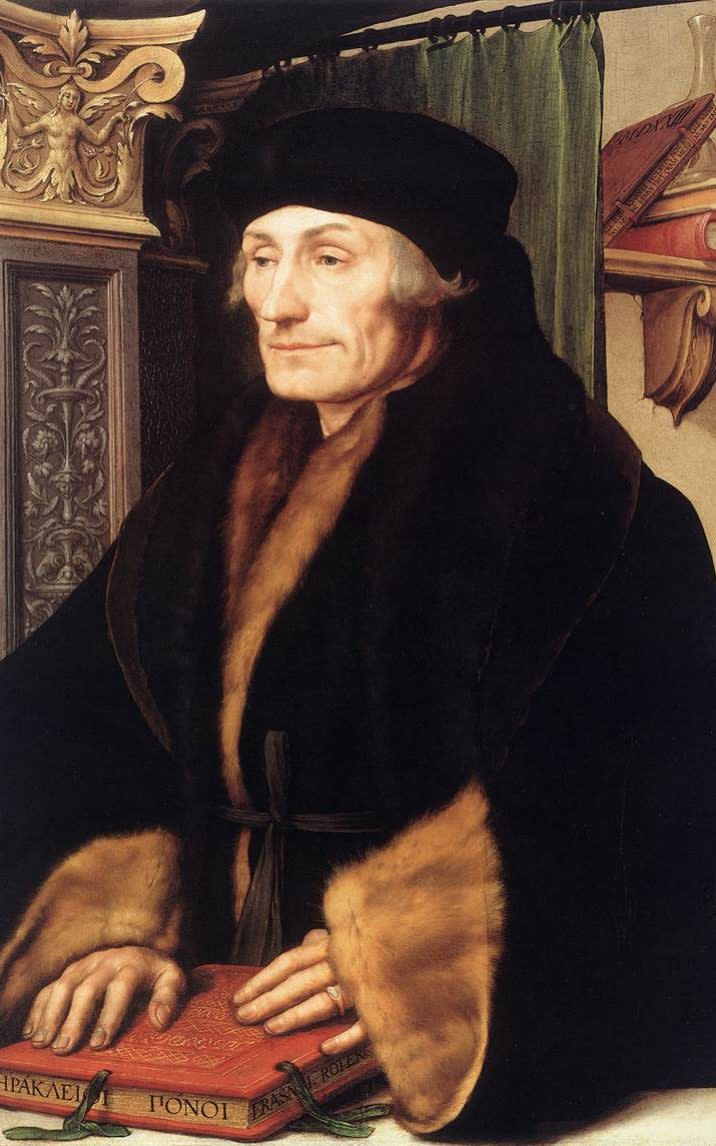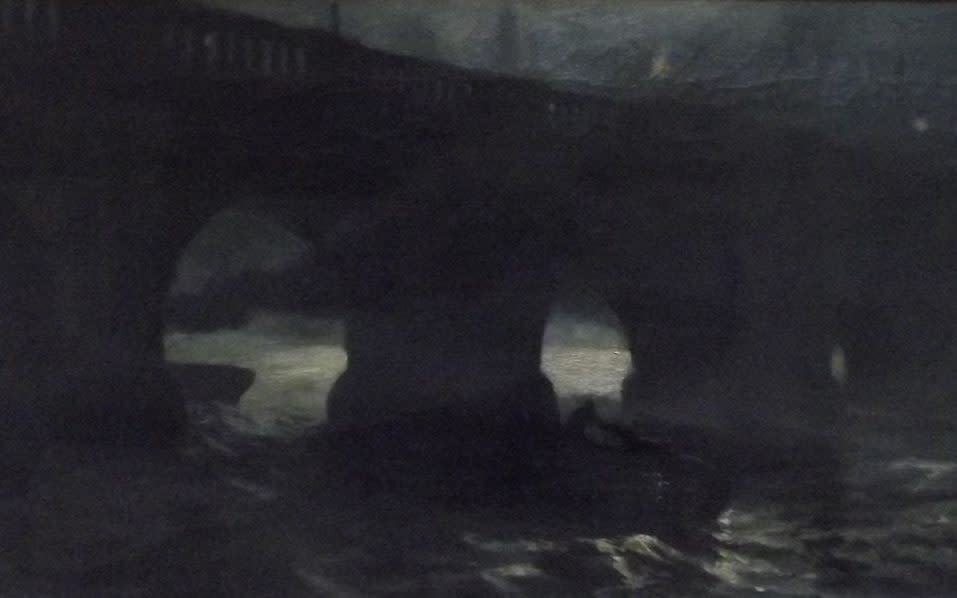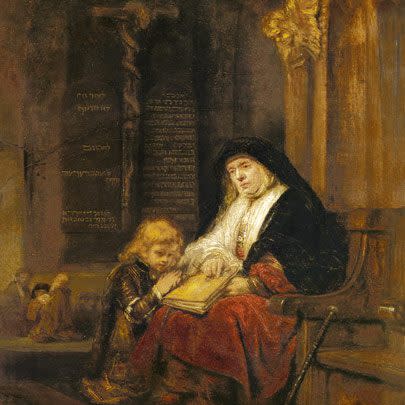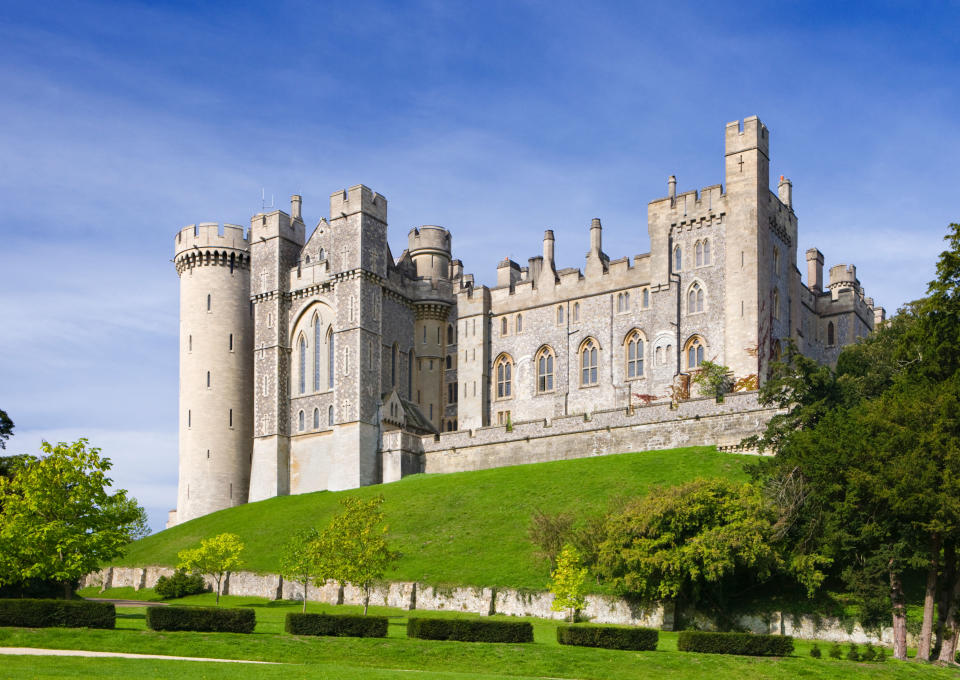Wanted: a People's Army to find network of hidden public art
Have an eye for art and fancy yourself as an amateur detective? It could be your time to shine.
Members of the public are being urged to seek out tens of thousands of hidden masterpieces, left languishing in private collections around the country under a little-known tax exemption scheme.
A new project, funded by the Open Data Institute, is inviting the public to discover, gain access to and photograph inherited works which are supposed to be available for public view.
More than 36,000 works of art have been identified: some on loan to galleries already, but many stashed away behind closed doors in ordinary homes.
They have now been compiled in a user-friendly database by Open Inheritance Art, allowing people to search for their favourite artist or local area.
The works each come under HMRC’s Conditional Exemption Incentive scheme, which allows for inheritance and capital gains tax to be waived if the owner undertakes to make it available to the public.
HMRC rules state access should be offered as soon as is reasonably practical within four weeks of a request. A fee, likened to museum entry, can be charged.
The new database will be met with dismay by some owners, who wish to limit visits from strangers to protect their property and have warned that the HMRC expectations are "frankly dangerous".
But anyone who does not comply could find themselves immediately reported to the authorities, with a button directly from the Open Inheritance Art website to contact HMRC.
Intended to keep important works in Britain, the scheme has previously been blighted by accusations that it is not working, with owners making it too difficult for interested individuals to come and visit their art.
In 2013, the then-shadow culture secretary Helen Goodman called it “a bit of a racket” thanks to its “incredibly small” public obligations. It is currently thought to cost the UK £25m in lost inheritance tax a year.
Now, a new project hopes to recruit a nationwide army of art-lovers to fully utilise the scheme, inviting them to contact owners and request to see their masterpieces.
If they struggle to access the works, members of the public are asked to report their difficulties straight to HMRC, which reserves the right to withdraw the exemption and demand tax be paid.
We’re calling upon art lovers to contact private owners through our website to arrange access
Joseph Pugh, project founder
The extensive list currently includes paintings, drawing, sculpture, jewellery, furniture, books and miscellany, and includes a who’s who of Britain’s best-loved artists from Constable, Gainsborough and Reynolds to Moore and Hepworth.
Privately-owned Picassos can be found in Dorset, Birmingham, London, and the Scottish borders, while paintings by Hans Holbein the Younger can be found in Norfolk, Lincolnshire and North Wales.
Works by JMW Turner are listed in Yorkshire, Cambridgeshire, Shropshire, London and Buckinghamshire, and Sir John Millais can be tracked down to East Sussex, Berkshire and Kent.
Rembrandt’s Self Portrait can be found in Edinburgh, while Van Dyck’s Portrait of Queen Henrietta Maria is in Kent and Three Children with Dog, attributed to Sofonisba Anguissola, is in Corsham Court, Wiltshire.
Most of the privately-owned works list a solicitor as their point of contact, requiring interested art-lovers to write or telephone. Some include just a name, with no further contact details.
You don't want people you don't know coming to your house to look at valuable objects. It's frankly dangerous.
One owner
Major collections numbers up to 4,000 are held at historic homes including Arundel Castle, Althorp, Wellbeck Abbey and Corsham Court, while others are likely to be found in “ordinary houses in suburban streets”.
The Open Inheritance Art project, funded by the Sir Tim Berners-Lee’s Open Data Institute, also aims to get members of the public to seek permission to photograph works for publication online.
Many of them will never have been photographed before, or exhibited in public, after being handed down generations of the same family.
Joseph Pugh, founder of Open Inheritance Art, said: “These objects are the work of the world’s greatest artists and craftspeople and we want to bring them closer to the public.
“We’re calling upon art lovers to contact private owners through our website to arrange access and encourage a widescale digitisation of these important cultural assets.”
The database is likely to receive a mixed reception among owners.
The owner of one Reynolds portrait, who did not wish to be named, said only two people had requested to see it in the forty years since he had inherited it from his father.
He said: "I'm always ready to let people see it but I can imagine that it is very difficult for others. If you were a widow and on your own, would you want people coming to your home?"
Caroline Marriage, who owns a collection of 72 handwritten letters from figures ranging from Elizabeth I to Charles Dickens according to the database, said that no member of the public had been to see the collection since she inherited the letters from her late father in 1981.
She said: "Luckily people don't ask to see them. I have had one or two requests but nobody has actually turned up. I certainly wouldn't accept anyone visiting my home.
“You don't want people you don't know coming to your house to look at valuable objects. It's frankly dangerous.
“I've thought about giving them away, as I'm not sure I want my children to be burdened with them. "
An HMRC spokesman said: "The conditional exemption scheme helps to ensure the UK’s world-leading national heritage is preserved for all to enjoy.
"Assets benefiting from the conditional exemption rules must be available to the public to enjoy on terms agreed by the owners with HMRC.
"We welcome the public getting in touch to let us know about problems accessing exempt assets. Owners must publish the access arrangements and abide by them."

 Yahoo News
Yahoo News 